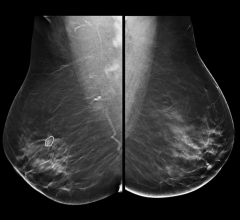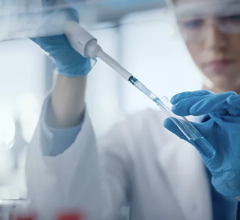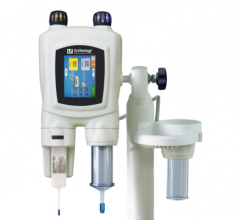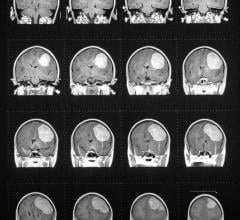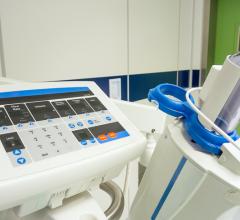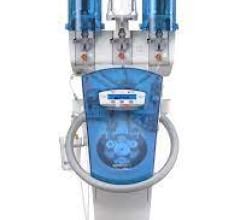January 6, 2009 - MEDRAD has agreed to collaborate with the University of Zurich in a study on dynamic PET imaging with the MEDRAD Intego PET Infusion System, in which researchers will utilize MEDRAD’s system for controlling the radioactive dose delivered during PET imaging procedures.
The study will examine patients with tumors in the chest or abdomen and compare standard quantitative techniques, such as standard uptake value (SUV), with more advanced kinetic and compartmental models. One of the primary goals of the research is to explore how controlled delivery technology can enable dynamic imaging by providing additional clinical utility and making these advanced techniques more practical. By enabling the benefit of repeatable infusion of the prescribed FDG dose to all subjects in the study, the Intego System is a key element in the research.
“The research will explore the clinical viability of dynamic imaging with PET,” said Alfred Buck, M.D., University of Zurich (Switzerland). The University of Zurich is a leading institution in dynamic PET research, and has licensed its proprietary FDG delivery technology to MEDRAD for use in the Intego PET Infusion System.
The Intego System is designed to automatically extract a patient dose from a multi-dose vial and delivers it directly to the patient, virtually eliminating manual dose preparation and handling, and the corresponding radiation exposure to the technologist inherent in manual preparation. With the Intego System’s dose-on-demand capability, the prescribed dose can be delivered when the patient and clinician are ready. This should enable the clinician to respond to schedule changes, patient delays and add-on patients.
The system’s features include real-time dose availability information, an integrated ionization chamber and an optional weight-based dose calculation, that allow the healthcare provider to more precisely customize each patient’s dose. Safety features include a tungsten multi-dose vial shield, a fully lead-lined mobile cart, and an automated saline flush to remove residual FDG from the line after each infusion.
For more information: www.medrad.com

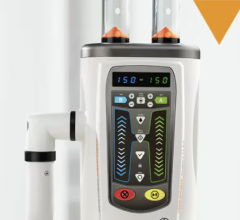
 April 12, 2024
April 12, 2024 
